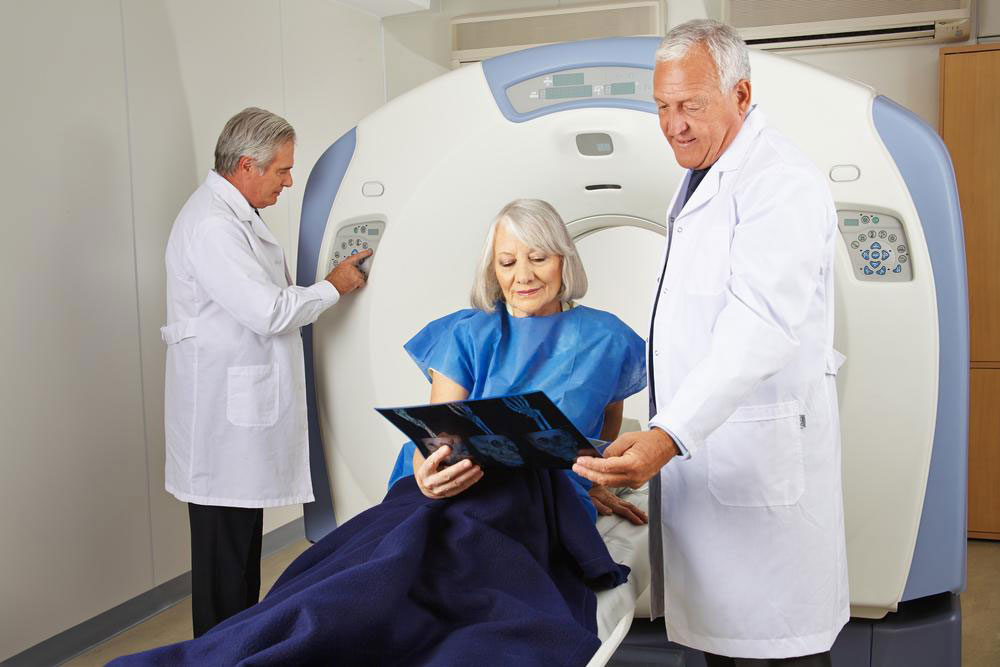Comprehensive Guide to Lung Cancer: Symptoms, Diagnosis, and Treatment Options
This comprehensive article explains lung cancer symptoms, early detection methods, and treatment options. It emphasizes the importance of recognizing early signs like coughing, blood in sputum, and fatigue for prompt diagnosis. The article discusses advanced symptoms when cancer spreads and outlines various treatments, including surgery, radiation, and targeted therapies. It also highlights prevention strategies such as quitting smoking and maintaining a healthy lifestyle. Staying vigilant and seeking early medical advice can improve outcomes and increase the chances of successful treatment.

Lung Cancer Overview: Symptoms, Detection, and Treatment Methods
Early signs of lung cancer often include a persistent cough and shortness of breath, with symptoms varying based on tumor location. As the disease advances, symptoms become more severe, including fatigue, weight loss, and recurrent infections. Recognizing these early indicators is key to prompt diagnosis. Common symptoms are ongoing cough, coughing up blood, night sweats, and unexplained weight decline. In later stages, patients may experience bone pain, jaundice, headaches, limb weakness, swelling, or lumps around the neck or collarbone. Early medical attention upon noticing these signs improves treatment success.
Persistent cough: A long-lasting cough resembling smoker’s cough that doesn’t resolve.
Coughing up blood: Hemoptysis or rust-colored phlegm necessitates immediate care.
Severe fatigue: Ongoing tiredness and weakness are common among patients.
Weight loss and decreased appetite: Sudden, unexplained drops in weight are typical in cancer cases.
Repeated lung infections: Frequent pneumonia or bronchitis episodes may indicate underlying issues.
During advanced stages, symptoms such as bone pain, jaundice, headaches, limb numbness, swelling, and lumps near the neck or collarbone can occur as cancer spreads to organs like the liver, brain, or bones. Recognizing these signs is critical for timely intervention.
Diagnosis and Treatment Approach - Prompt medical evaluation upon symptom onset is essential. Diagnostic tests confirm the presence of cancer, enhancing treatment prospects. Treatment options depend on factors like cancer type (NSCLC or SCLC), disease stage, and patient health. Surgery offers the best outcome for early, localized tumors but is suitable only for some patients. Additional therapies include radiation, chemotherapy, targeted drugs, and immunotherapy tailored to individual needs. Preventative strategies involve avoiding smoking, passive smoke exposure, pollution, and adopting a healthy lifestyle. Regular screenings and healthy habits significantly lower risks and improve prognosis.


